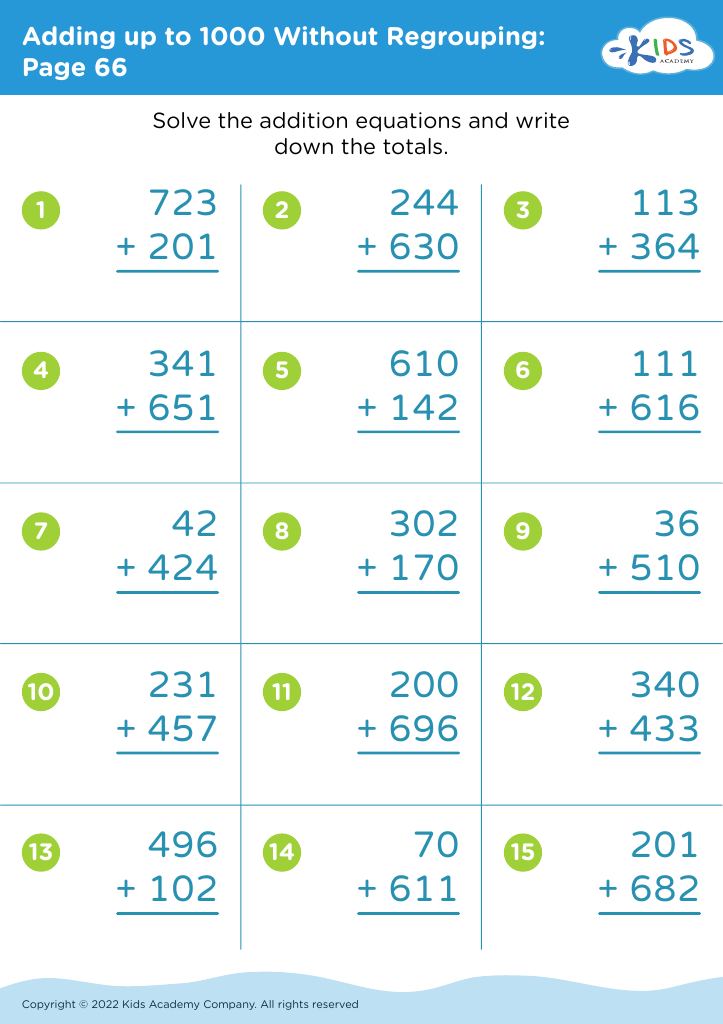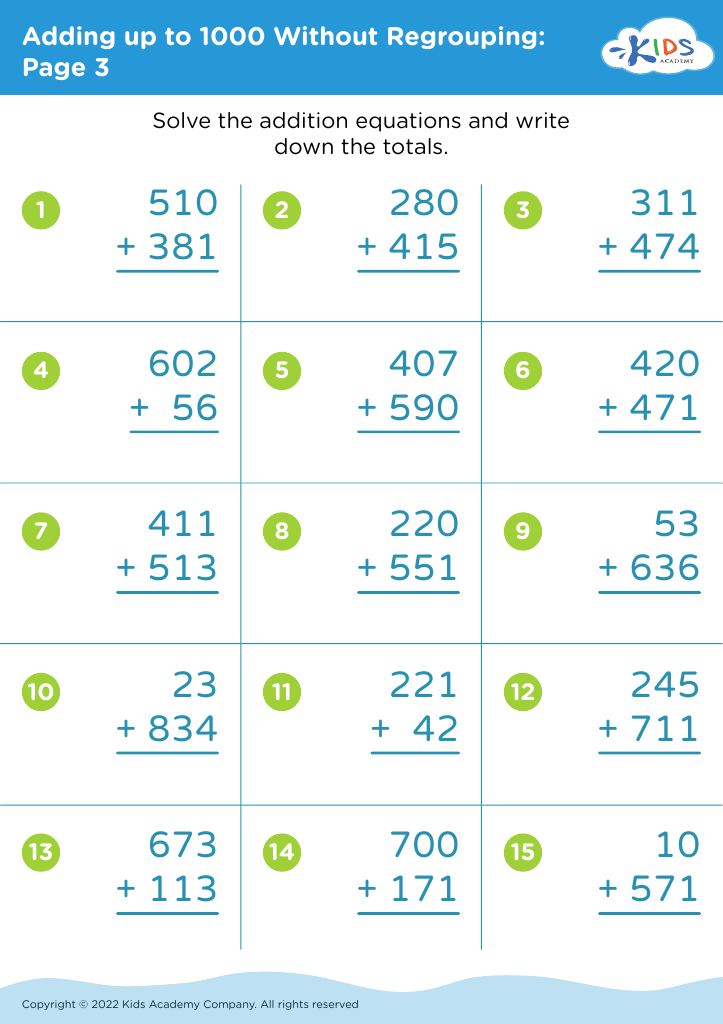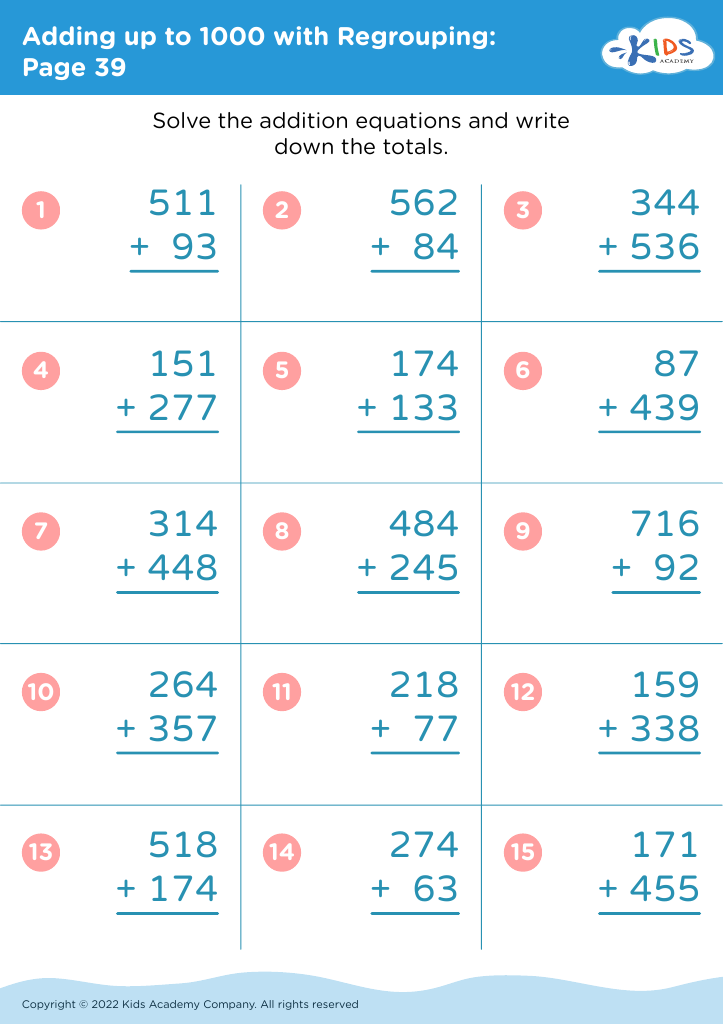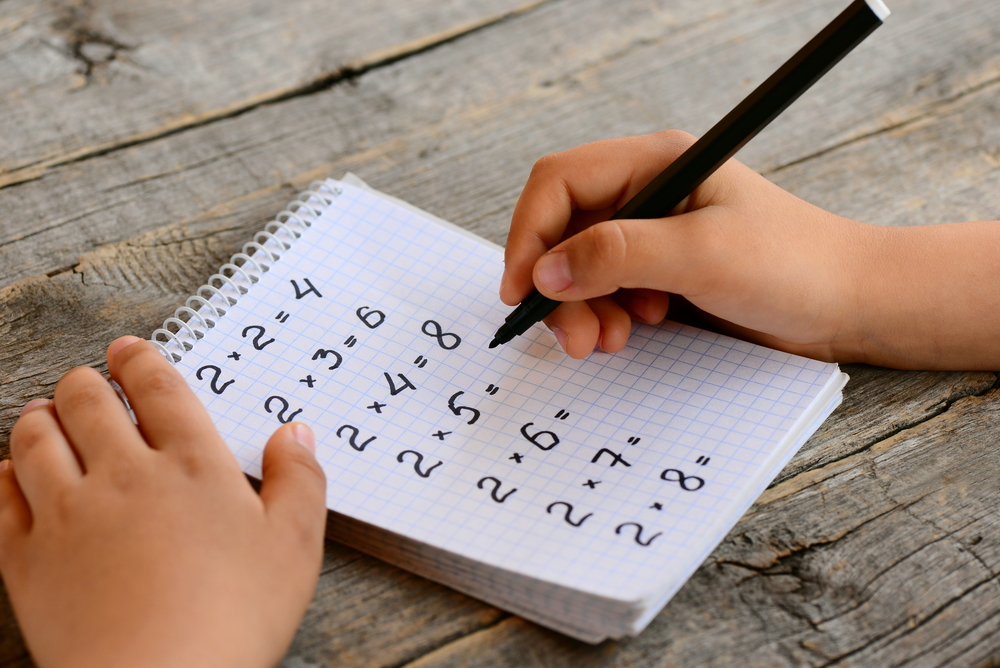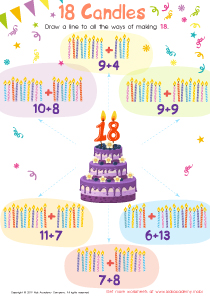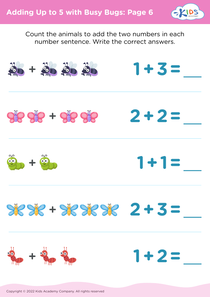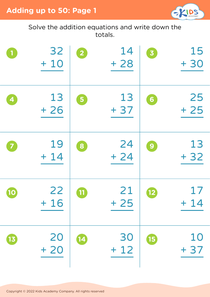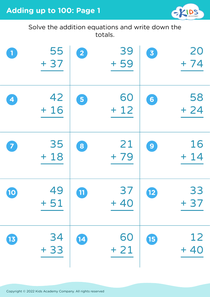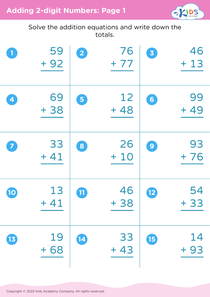Recognize shapes Adding up to 1000 Worksheets for Ages 6-8
4 filtered results
-
From - To
Welcome to our "Recognize Shapes Adding up to 1000 Worksheets" website, specially designed for children ages 6-8! These engaging worksheets combine shape recognition with addition skills, helping young learners build a strong mathematical foundation. Each activity encourages kids to identify various shapes while practicing addition that sums up to 1000. Perfect for home or classroom use, our interactive and colorful worksheets make learning fun and enjoyable. Empower your child to develop essential math skills, boost confidence, and enhance critical thinking. Explore our collection today and watch your young learner thrive in math with creativity and excitement!
Recognizing shapes and understanding basic mathematics, such as adding up to 1000, are foundational skills for children aged 6-8. Parents and teachers should care about these concepts because they are integral to cognitive development and problem-solving abilities.
Recognizing shapes helps children develop spatial awareness, improving their ability to interact with the physical world around them. This skill lays the groundwork for more advanced concepts in geometry, art, and design.
On the other hand, learning to add numbers up to 1000 enhances mathematical literacy and fluency. As children grasp this skill, they gain confidence in their ability to interpret and manipulate numbers, which is essential for more complex mathematical operations they will encounter in later grades.
Moreover, both skills foster critical thinking. They encourage children to analyze their surroundings and make logical connections between different elements in math and shape recognition. These abilities are not just useful academically; they also support real-life problem-solving and decision-making.
Overall, supporting children in recognizing shapes and performing addition up to 1000 not only empowers them academically but also contributes to their overall growth, ensuring they become competent, confident learners in the future.

